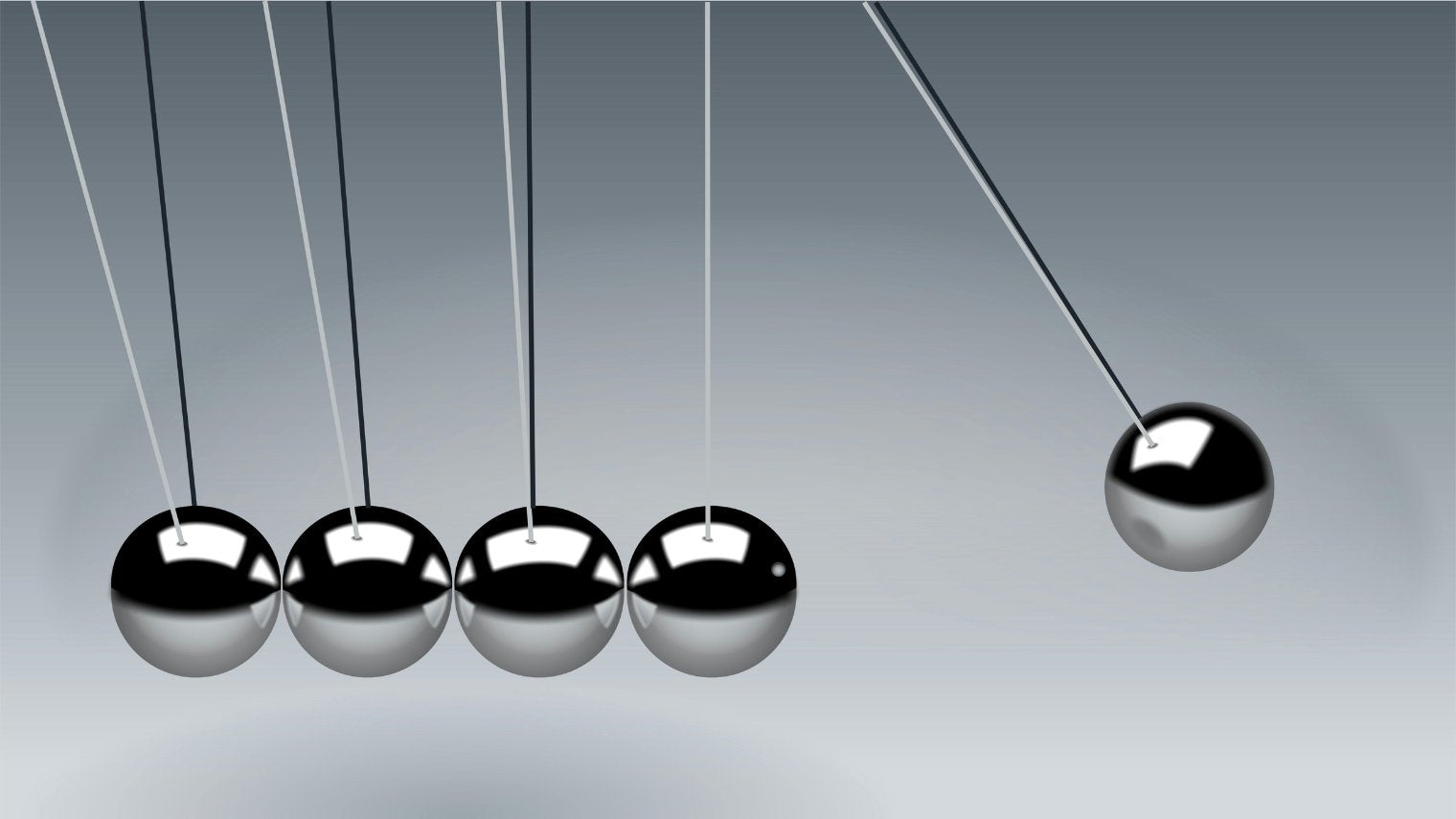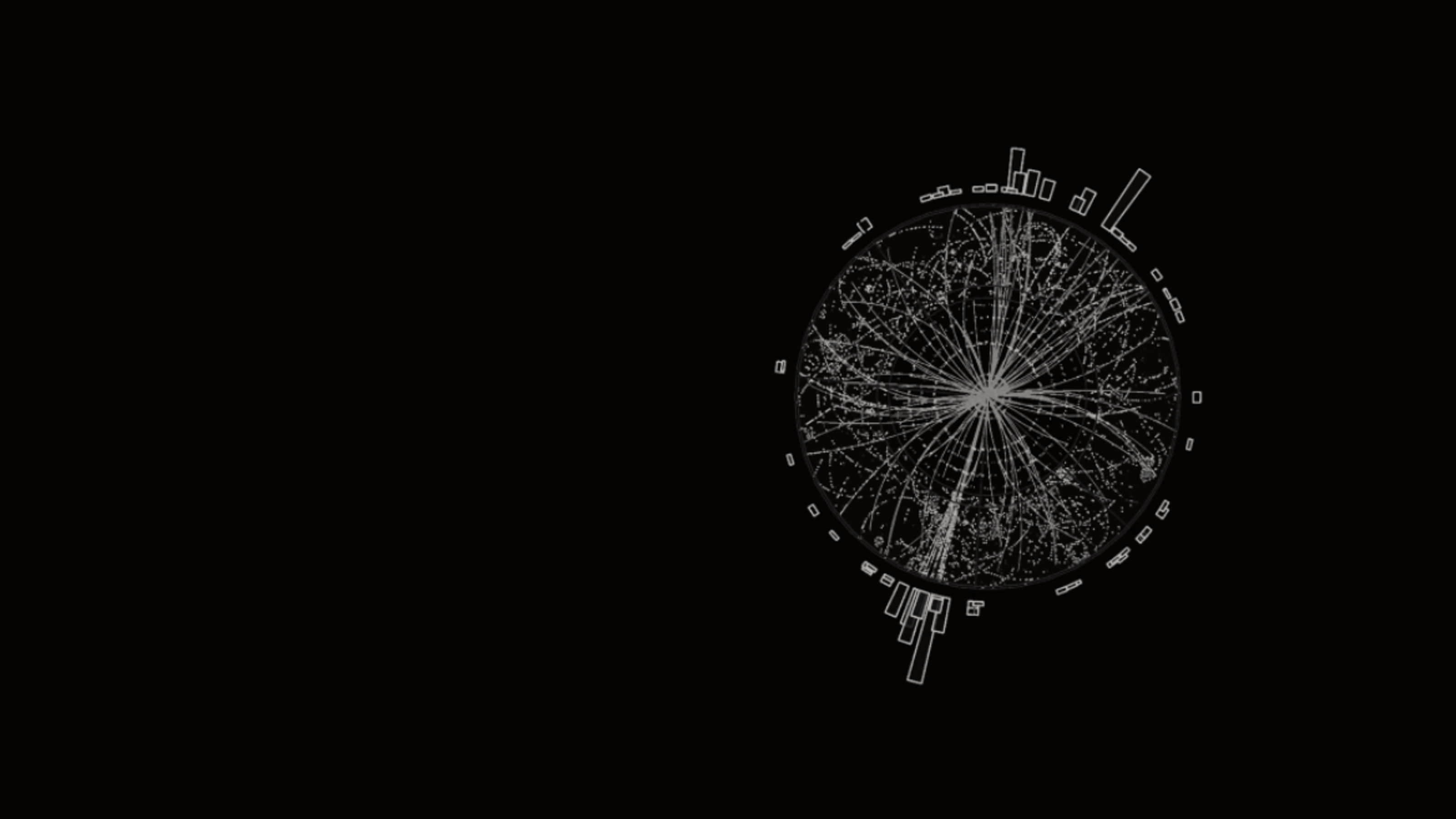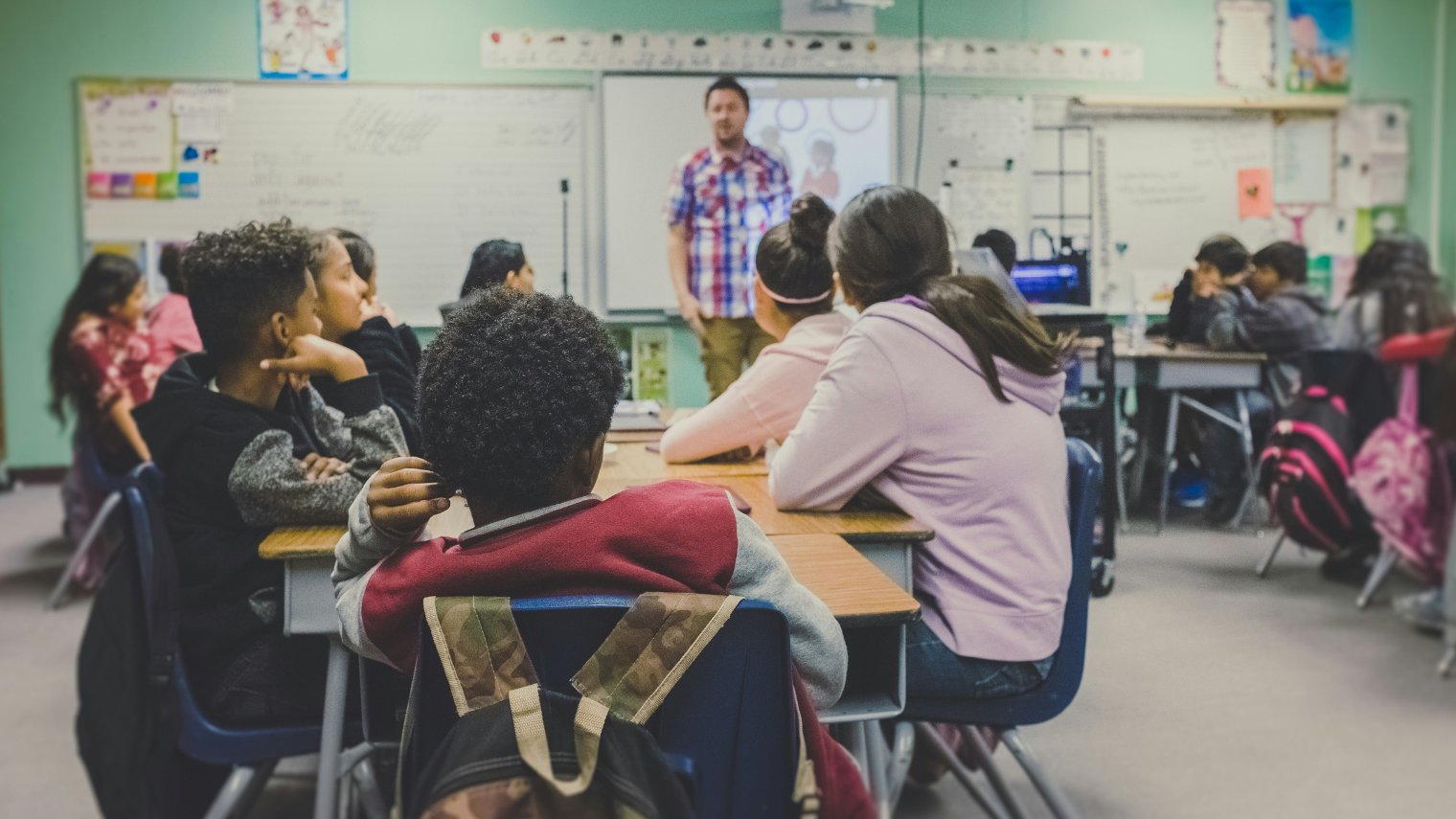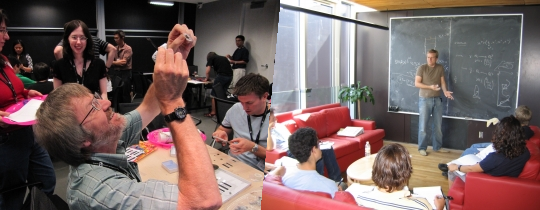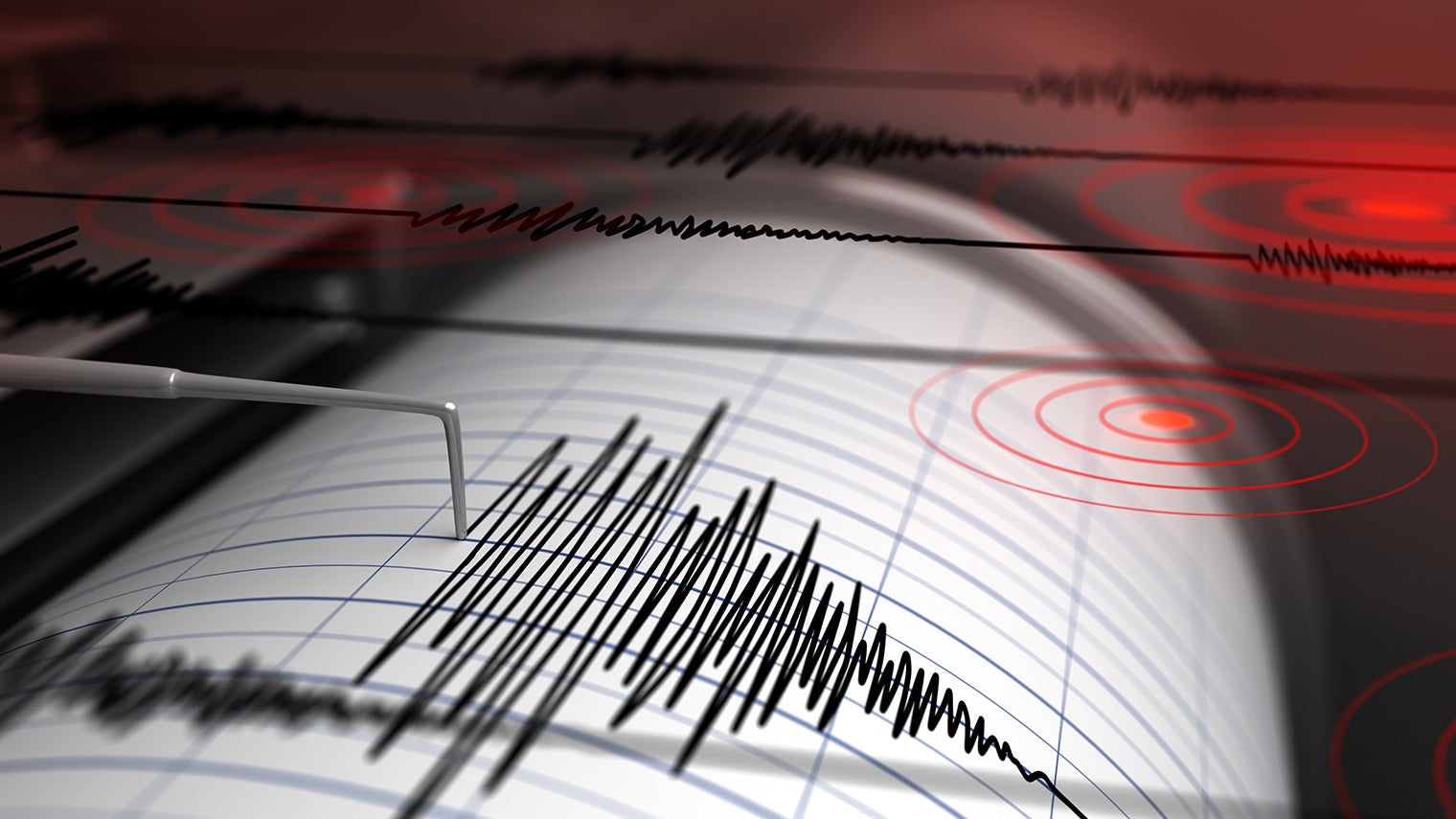
Wave Model Applications
New Download Options:
- With Video includes our full video (665 MB, MOV file)
- With YouTube Video Link includes a link to the same video on YouTube
This resource has activities that share the key aspects of the wave model, including interference and resonance. Each activity highlights different applications, such as hearing, earthquakes, SONAR, and gravitational waves.
How Do We Hear?

Students do three experiments to understand the key aspects of human hearing. They explore resonance in air columns, use cardstock and paper clips to examine how we hear different frequencies, and use modelling clay to change the shape of the auricle to demonstrate how ear shape affects how well sound is detected.
Investigating Earthquakes

Students model different types of earthquake waves by moving their bodies. Then, they use real data to find the epicentre of an earthquake.
Exploring Gravitational Waves

Students conduct three hands-on activities that demonstrate what gravitational waves are and how they are detected. Students analyse real gravitational signals from LIGO produced from a black hole collision.
Applications of Sound Waves

Students conduct an investigation to learn the topography of an unknown surface and then compare their models to those of other groups. They examine how sound waves are used in SONAR and medical ultrasound.
Wave Interference

Students model transmission, reflection, and superposition by moving their bodies. Then, they use waveforms on transparencies to visualize constructive and destructive interference.
Resisting Earthquakes with Engineering

Students engineer and test mini skyscrapers made with craft materials. They are challenged to construct the tallest and most stable structure given constraints of time, resources, and logistics. They test the structures on a shaking table.



